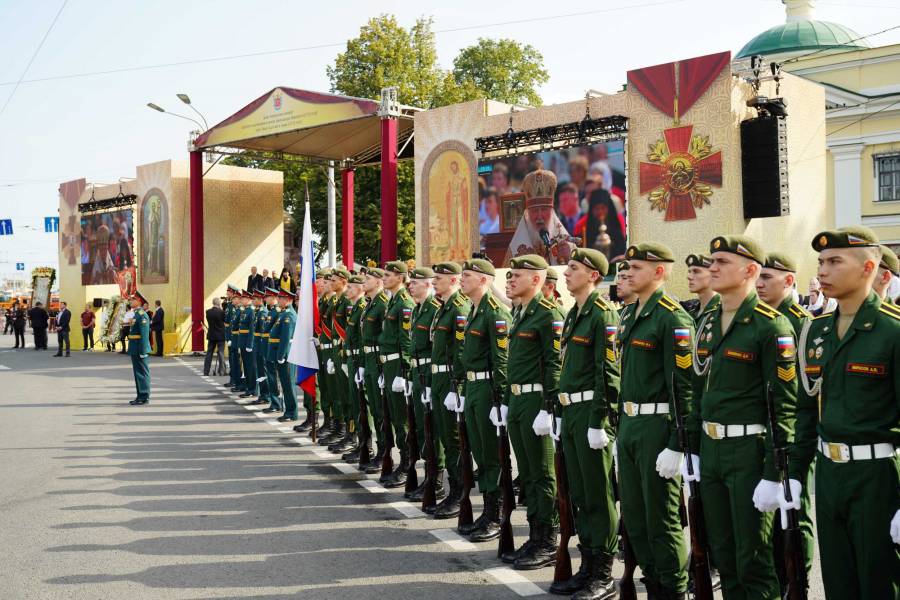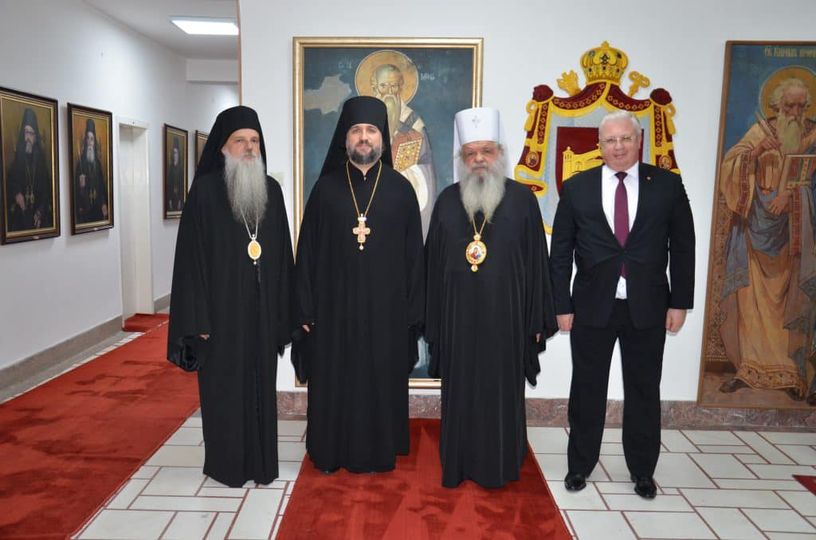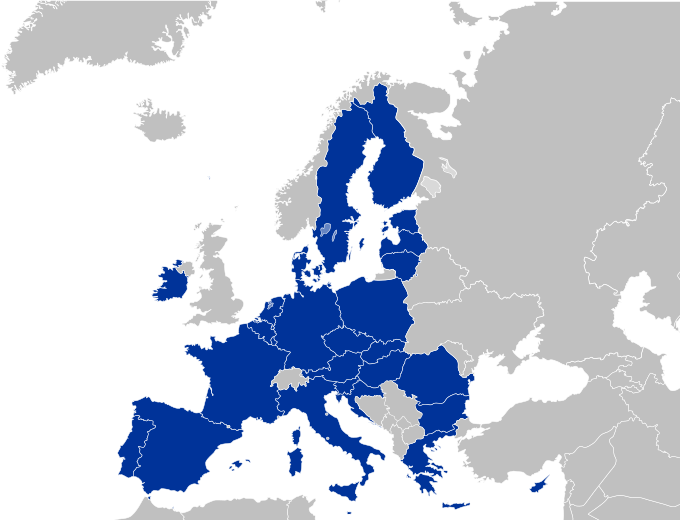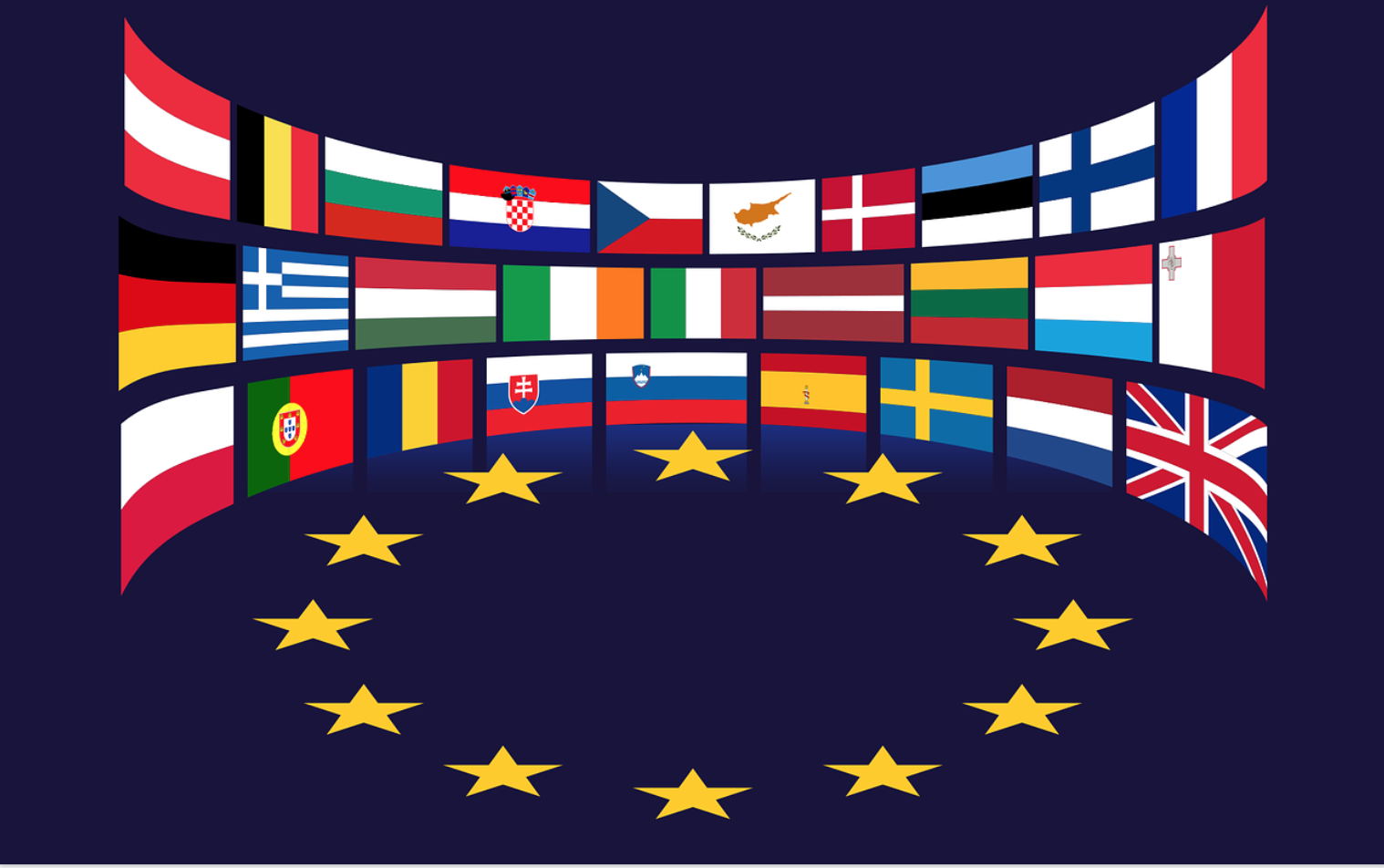Within the European Union in a drug market in full swing helped by the use of social media or internet marketing and applications, appears an additional drug situation, with the increasing importation, production and consumption of uncontrolled synthetic drugs called new psychoactive substances (NPS). A psychoactive substance “affects mental processes, e.g. perception, consciousness, cognition or mood and emotions”.
According to the Early Warning Advisory on New Psychoactive Substances (EWA-2022), the NPS is defined as “substances of abuse, either in a pure form or a preparation, that are not controlled by the 1961 Single Convention on Narcotic Drugs or the 1971 Convention on Psychotropic Substances, but which may pose a public health threat”.
The NPS are a range of drugs that have been designed to mimic established illicit drugs and they are classified according to their effects.
At the end of 2022, the European Monitoring Center for Drug and Drug Addiction (EMCDDA) was monitoring around 930 NPS, 41 were first reported in Europe in 2022.
In Europe, the use of opioids (morphine, codeine, heroin, fentanyl, methadone, tramadol and other similar substances) has started to increase since the beginning of the 21st century. In recent years, there has been a significant rise in the number of new psychotropic synthetic opioids with 74 reported to the EU Early Warning System (EWS).
Note: Opiates are natural drugs from the opium poppy plant; Opioid is a generic term including opiates, semi-synthetic (as oxycodone) and synthetic (as fentanyl) opioids.
The new synthetic opioids are relatively well-established in some European drug markets where they are sold often cheaper as replacements for opioids such as heroin. The opioid addictive effects are very high even at low doses.
According to the European Drug Report 2023, in many European countries, the use of synthetic opioids is growing as shown by the number of seizures reported by EMCDDA. Meanwhile, the European Commissioner for Home Affairs, Ms. Ylva Johansson, and the EMCDDA Director, Mr. Alexis Goosdeel, alerted on increasing use of one of the worst opioids: Fentanyl. She said: “We must make sure America’s present does not become Europe’s future”. Indeed, last year in the USA, 109,000 people died from synthetic drugs most of them from fentanyl.
The prevalence of opioid dependence among European adults is still low, varies considerably between countries and is associated with infectious diseases, health problems, social exclusion, unemployment, homelessness, crime, and mortality. In people over the age of 40 who use opioids, the cumulative effects of drug-related harm which includes polydrug use and poor health over many years are making these individuals more susceptible to infection, overdose and suicide.
The fentanyl (C22H28N2O) was first synthesized from a benzyl-piperidone in 1959 (patented in 1964) by the chemist Paul Janssen in Belgium. Three other methods were developed:
-Suh et al. 1998: a method by total synthesis.
-Siegfried in early 2000 and used in illicit labs ;
-Gupta P.K. et al. 2005: a one-pot synthesis illicitly used in 2021 but with low purity ;
The fentanyl due to its high lipid solubility easily penetrates the central nervous system with sedative and rapid analgesic effects and a short duration of action. Its absorption is rapid by the oral mucosa (15/30 min-4 hrs) but it can also be administered by injection (2min-30 min), transdermal (patch) or used in a gaseous state as spray (10min-60min).
The fentanyl analgesic effect is about 100 times more powerful than morphine and 50 times more than heroin. Under its legal medical form, this synthetic opioid is used in the treatment of severe chronic and resistant pain. Since 2021 it has been part of the “essential medicines” of the World Health Organization and classified on schedule III with morphine and oxycodone.
From a veterinary viewpoint, the high efficacy of fentanyl is used for analgesia, sedation and anaesthesia on animals as well as to treat depression and agitation in animals.
But, fentanyl has also been diverted from its use as a painkiller to be taken as a drug, easily produced in clandestine laboratories without having the cultivation and harvesting problem of plants! Produced in China, Mexico and India, the fentanyl also called China White, Apache, Jackpot, Murder 8,… became a major issue on the current European drug scene. One kilo of fentanyl powder could contain 50,000 doses.
Currently, among some 1,400 fentanyl derivatives, 700 derivatives have been identified in Europe, some often 1,000 times stronger than heroin. The 3-methyl fentanyl is 3,200 times as potent as morphine and the derivative, the carfentanyl, is 10,000 times stronger than morphine.
The fentanyl is highly toxic even by simple contact with the skin. Only 2 milligrams can kill an adult. The danger is when added to other drugs by the dealers, people are using it without knowing. Indeed, fentanyl is often mixed, cut, and ingested alongside with other drugs, including cocaine and heroin. Jobski K et al. (2023) did an interesting study on the abuse, dependence, withdrawal and its route of administration in Europe. Fentanyl is so powerful that it is impossible to be cut with accuracy thus increasing the risk of overdose.
Fentanyl has been classified as an international narcotic since 1964, due to its health hazards, misuse risks, and handling complexity. In humans, the lethal dose (LD50) of fentanyl is estimated for an adult at two milligrams (2mg).
Note: The fentanyl patch (often chewed by the drug users) is one of a few medications that may be especially harmful, and in some cases fatal, with just one dose, if misused by a child (Food and Drug Administration, 2022). The effects can last between 30 minutes and 4 hours depending on the product used. But in the absence of hindsight and scientific studies, their duration of effects is not yet well known.
Repeated use of fentanyl or its derivatives, even therapeutics, can lead to a risk of dependence and in case of heavy consumption, there is a risk of overdose with respiratory depression and possible paralysis of the thoracic muscles, shock, severe hypotension, muscle rigidity or coma that can lead to death. The risk of respiratory arrest is increased when the consumption of fentanyl (or its derivatives) is associated with alcohol, benzodiazepines and other opioids. Their illicit use is also dangerous in case of pregnancy for the woman and for the fetus.
Fentanyl and non-medical derivatives are detectable up to about 48 hours in the urine and up to about 12 hours in the blood.
The illicit use of fentanyl and derivatives has been well summarized by J. Botts (2023): Fast, Cheap and Deadly.
Mechanism of action :
In the body exist some 20 endogenous naturally produced opioid neurotransmitters sorted by the number of amino acids. They include the different forms of :
-The endorphins (endogenous morphine), polypeptides synthesised by hypophyse and hypothalamus. They mask the pain for a short time (which contributes to survival) and also cause a feeling of relaxation (anxiolytics), well-being or even in some cases, euphoria as for the beta-endorphins.
-The enkephalins (from the Greek enkephalos = head) are inhibitors of the propagation of the pain message to the brain creating short analgesia; they are also able to modulate the amount of dopamine (the reward chemical) produced and to regulate the smooth muscle’s activity.
-The dynorphins (from the Greek dynamis = power) produced in the hypothalamus, hippocampus and spinal cord regulate and influence vital functions such as body temperature, long-term memory, hunger, thirst, sleep, and sensory information processing.
The existence of opioid-specific transmembrane receptors in the brain was first shown simultaneously in 1973 by Pert C.B. et al., Simon E.J. et al. and Terenius L. These neurotransmitter receptors are found in the brain, spinal cord and digestive system. They are G-protein coupled receptors and when activated they contribute to modulating pain response, mood, stress and physical dependence.
There are three types of opioid receptors: mu, delta and kappa, widely distributed in the brain. If the euphoric effect of opiates is controlled by mu and delta receptors, the activation of kappa receptors, is basically a homeostatic mechanism but chronic drug use is leading to its dysregulation creating psychiatric disorders and negative affective states ( Tejeda H.A. & Bonci A. 2019).
The effects of opioids are linked to the activation of the endogenous opioid system in the brain at the level of Nucleus Accumbens (NAc) and Ventral Tegmental Area (VTA) of the limbic system. Thus, opioids and fentanyl increase in excess the release of dopamine into the limbic system by activation of mu and delta receptors in the NAc (Yoshida Y. et al. 1999 – Hirose N. et al. 2005). Compulsive drug-taking behaviors are a result of the permanent functional changes in the mesolimbic dopamine system arising from repetitive dopamine stimulation which flooding the Nervous System is the base of addiction.
This made the use of opioids at first fantastic but the problem is that there is more and more need to get the same dopamine surges for pleasure, joy and finally this became just a basic need leading fast to the fatal overdose of fentanyl and derivatives.
The medication naloxone is used to revert the effects of opioid overdose. This drug in 2-3 min after injection acts as a competitive antagonist with a high affinity for the mu-opioid receptor, allowing the reversal of the effects of opioids (Jordan M.R. and Morrisonponce D., 2023) in acute intoxication by heroin, fentanyl, codeine, morphine, oxycodone, hydrocodone, etc.
It has been shown that fentanyl and other analogues might also affect psychomotor performances on daily human tasks with a particular focus on driving (Bilel S. et al. 2023). In addition, Gasperini S. et al. (2022) demonstrated that the illicit non-pharmaceutical analogues of fentanyl were found to be genotoxic, inducing structural and numerical chromosomal aberrations.
The fentanyl withdrawal symptoms appear as soon as 12 hours after the last dose with intense cravings, nausea, irritability, stomach cramps, tiredness, etc. and last about one week or more. Recent research has shown that even after the final stages of withdrawal have been passed, drug-seeking behaviour can be restored if exposed to drug or drug-related stimuli.
In 2016, under the framework of the WHO/UNODC Programme on Drug Dependence Treatment and Care, the “Stop Overdose Safely (S-O-S)” Initiative was launched, to provide training on recognizing the risk of overdose and providing emergency care. Unfortunately, despite the regulations and the procedures in place to keep opioids and derivatives out of the wrong hands, millions of people are still physically dependent and need help.
In conclusion, in a society witnessing too often the decline of critical intelligence and with the difficulty of making logical deductions, how to efficiently face this scourge of drugs? The philosopher Socrates (470-399 B.C.) had already pointed to this question on ignorance: “But if to consider as a duty to seek what we do not know we become better, more energetic, less lazy instead of considering as impossible and foreign to our duty the search for the unknown truth, I would dare to support this against everyone... ”.
About opioids, fentanyl and other drugs, a lot is said on the streets, at school, through the Internet, in movies, and on TV; some are true and some are not. The slick marketing often does not match the reality of the effects and consequences the drugs actually have. General education of the population – and adapted for the youth- should be aggressively done with factual and scientific data to provide a reality on this obscure and degrading world of drugs and to avoid becoming hooked on them: “Education is a progressive discovery of our own ignorance” said Will J. Durant (1885-1981).
As life and health are too precious to be wasted, get the true facts about illicit psychoactive drugs to avoid their deadly trap. To make an informed decision about these drugs and not make a mess of your life, start consulting the series of booklets and videos The Truth About Drugs(*) because it’s easier to prevent than to cure!
References:
https://www.emcdda.europa.eu/publications/mini-guides/
https://www.emcdda.europa.eu/publications/topic-overviews/eu-early-warning-system_en
https://www.emcdda.europa.eu/publications/european-drug-report/2023/heroin-and-other-opioids_en
https://www.unodc.org/unodc/en/scientists/global-smart-update-2017-vol-17.html
https://www.reuters.com/graphics/mexico-drugs/fentanyl/
https://www.who.int/news-room/fact-sheets/detail/opioid-overdose
https://www.cdc.gov/opioids/basics/fentanyl.html
(*) The Truth About Drugs, booklets and videos are available in 20 languages on:
www.drugfreeworld.org
www.fdfe.eu – Foundation for a Drug-Free Europe














